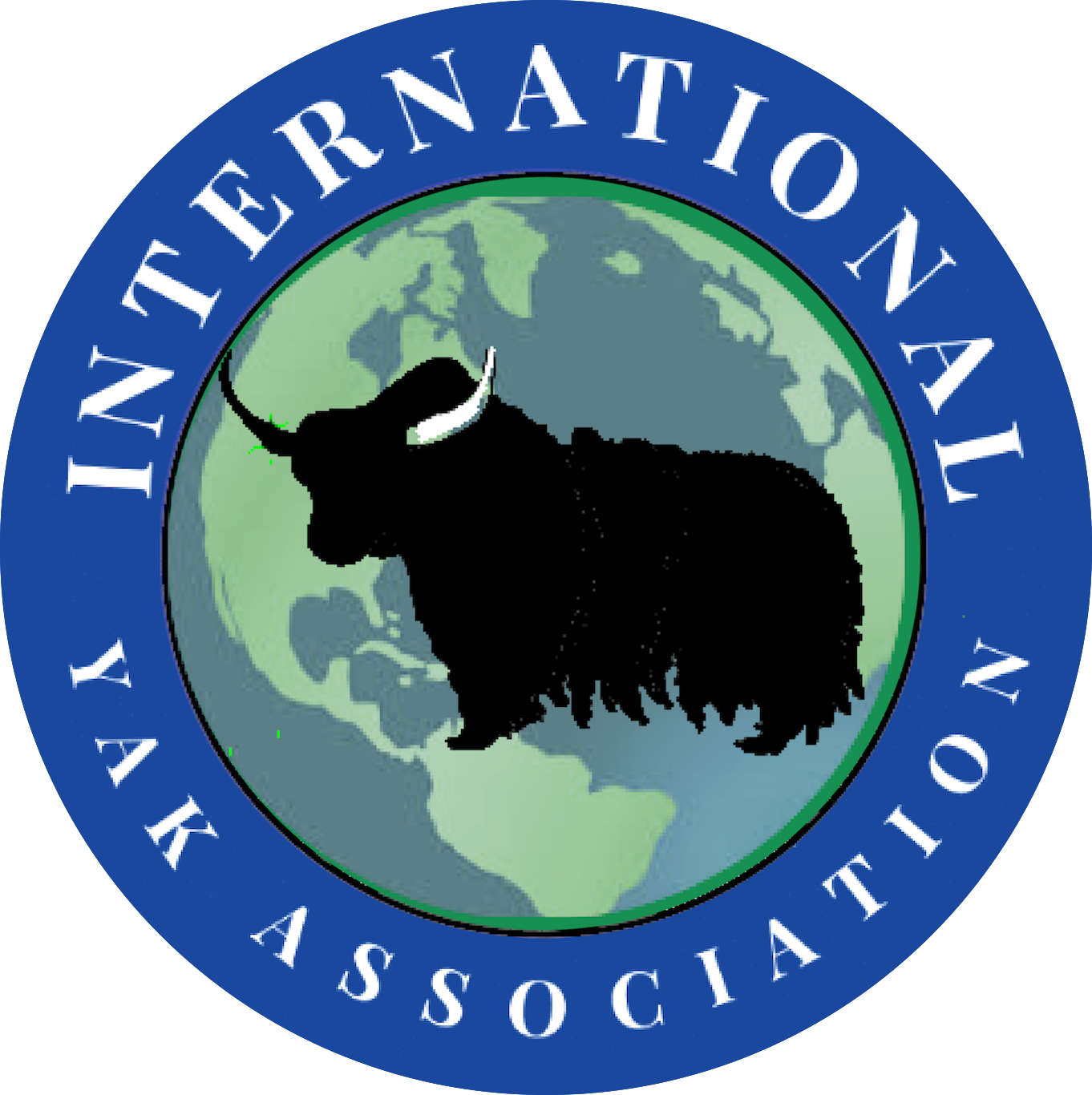WHY YAKS?
The strength and value of the yak comes from its amazing versatility. Try to find an animal that can fill so many roles. Their fiber or wool compares to the finest fibers in the world and is enjoying growing international interest as companies like Khunu and Shokay introduce the work of the indigenous peoples of the Himalayas to amazing yak fiber products. Even Newsweek is jumping on the yak wagon! Yak leather is THE Premium Leather for Ecco's top lines not because it is different but because it allows them to produce a superior shoe. According to Ecco's testing, yak leather is up to three times stronger than traditional leathers allowing them to produce lighter and longer wearing shoes. The health benefits of yak cheese are becoming famous world wide. Yak meat is becoming a favorite restauranteurs, chefs, health conscious foodies, and folks looking for a delicious alternative to everyday beef.
As a companion animal, you will not find a more intelligent and hard working partner.
Listen to 2015 radio interview with past IYAK President Jandy Sprouse. Her part of the interview starts at 25:35. Click Here
Bos Grunniens, The 'Grunting Ox'
Domesticated yaks (Bos Grunniens or the grunting ox) are thought to have been domesticated by Qiang herdsmen on the Tibetan (Qinghai) Plateau around 4,500 years ago. The Tibetan culture of the Himalayan Plateau is intertwined with yak just as Native American Plains Indian culture is intertwined with the American Bison. Anthropologists have said that humans could not have colonized and lived on the Tibetan Plateau without assistance from yaks. Because they domesticated yaks, Tibetan plateau peoples were able to use not only their meat, hair, hides and bones but also their milk, and as pack animals.
Yaks have handlebar horns, shoulder humps, horse-like tails and long shaggy skirts hanging nearly to the ground. Yaks can live up to 20 years and more. Cows average about 600-800 pounds and around 4.5 feet at the hump. Bulls average 1200-1500 pounds but can reach over 1600 pounds. Standing 6.5 feet at the hump, bulls can be impressively large. Members of the bovine family, yaks come in several colors or color types.
Yaks are multipurpose animals
Yak meat is a unique choice for those interested in an alternative to traditional beef and bison. Most yak producers adhere to a free-range, grass-fed regimen that yields a lean and flavorful product. Yak milk is high in butter fat and produces exceptional cheeses, butter, and yogurt. When yaks shed their downy undercoat in the spring, the hair can be combed out, collected, and processed. This soft Yak fiber is comparable to cashmere, angora or qiviut. The coarser outer hair or ‘guard hair’ is traditionally used to weave ropes, belts, and bags. It is also used for wigs in traditional Japanese theater.
Yaks are ‘easy keepers'. They require no special fencing needs. Standard 4-strand barbed wire fence is sufficient. They are cold hardy and disease resistant. Birthing comes easily as the calves are relatively small at around 30 lbs. Although yaks do not thrive in hot and humid climates, they can easily tolerate temperate summer conditions if shade trees and fresh water are available. Pound for pound, the stocking rate for yaks is similar than that of commercial cattle at about 2:1.
Yaks in the Market
Yaks can fill a “boutique” niche suitable for large or small acreage owners. They provide a source of breeding stock, meat, fiber, milk and dairy products, hides, and horns. They make excellent pack and trekking animals. Most of all, their intelligence, agility, and distinct personality makes them a pleasure to own. Contact a yak breeder to learn more!
